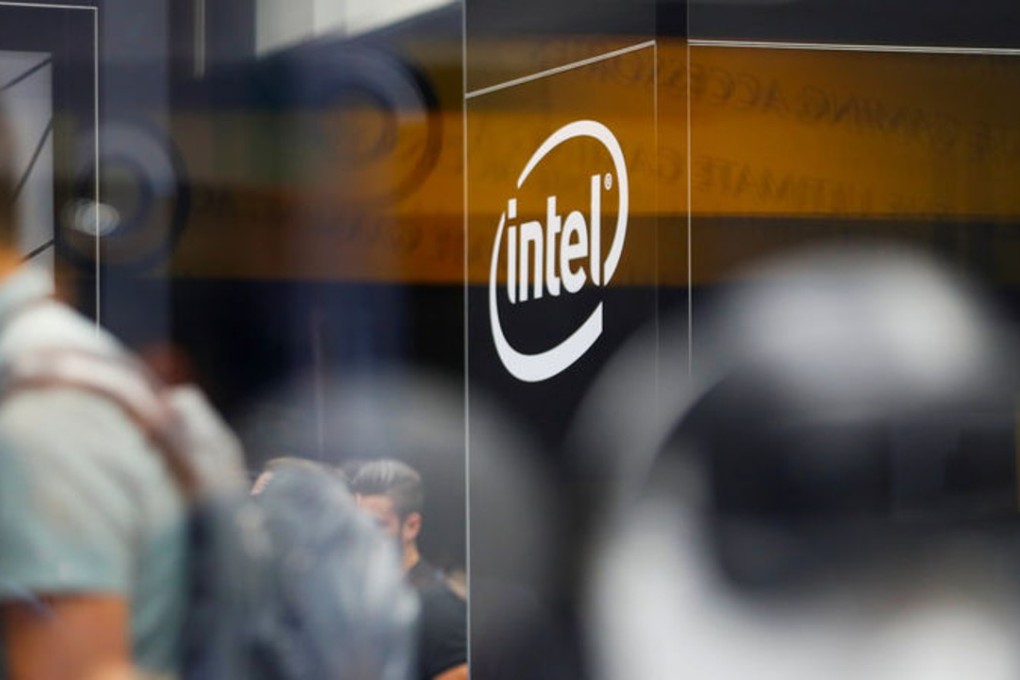How Intel can avoid the brunt of Donald Trump’s China tariffs blows
The US chip maker can move production around its various international operations to dodge the worst of the trade war fallout, analysts say

Intel Corp, the world’s biggest chip maker by revenue and a prominent US manufacturer, could avoid the most severe effects of a new list of Chinese tariffs proposed by US President Donald Trump by shifting production among its facilities, analysts said on Monday.
On Friday, Trump said he planned to push ahead with tariffs on US$50 billion worth of Chinese imports. While chips were largely spared from the initial list of targeted goods released in April, US trade officials on Friday released a second tariff list of 284 products worth US$16 billion that includes the processor and memory chips at the heart of Intel’s business.
Analysts said those tariffs would not go into effect until after a public comment period, and there was a chance that chips could be cut from it before it was made final. But Intel shares dropped 3.4 per cent to US$53.22 on Monday on investor concerns. Late Monday, Trump also announced he might pursue tariffs on US$200 billion more of Chinese goods, though it was unclear whether the list would include more chips or computing products that might affect Intel.
Intel could shift its production strategies to avoid much of the blow. Intel produces raw chips at six so-called wafer fabs, with three in the United States, one in Ireland, one in Israel and one in China. From there, chips go to so-called assembly and test facilities.
After that, they are sold to Intel’s customers, large computer brands or contract manufacturers who work on their behalf. Most of those entities are legally based in China because that is where most electronics are built, and that explains why Intel booked US$14.8 billion in China revenue in 2017.